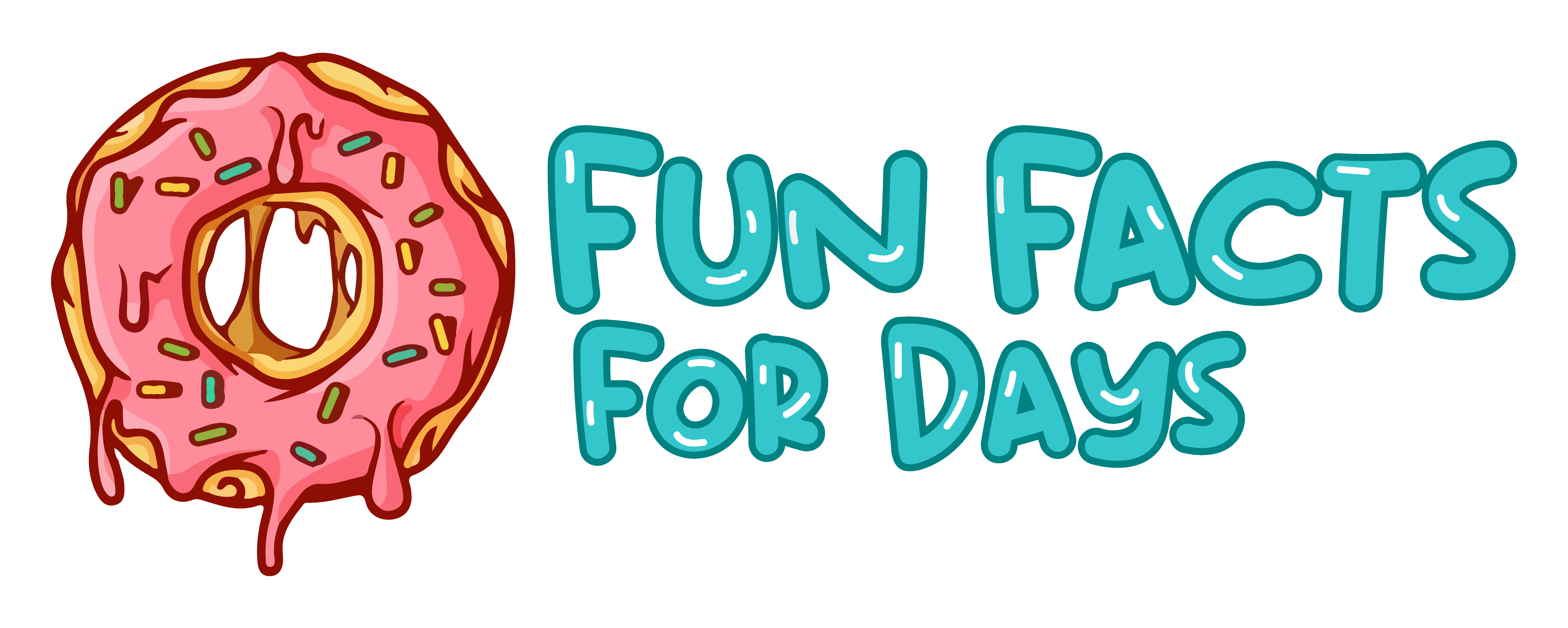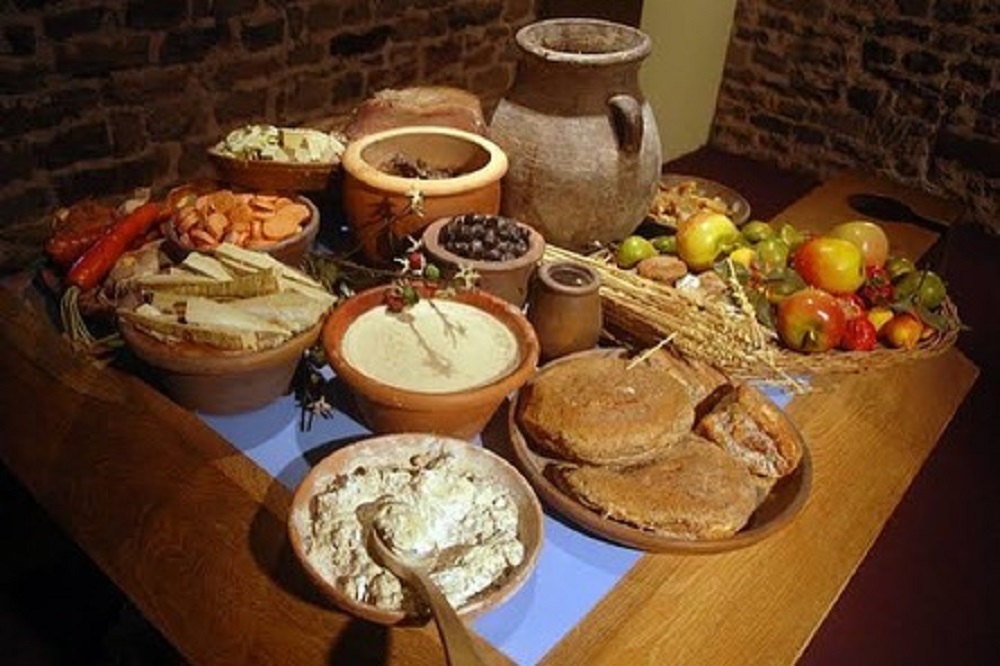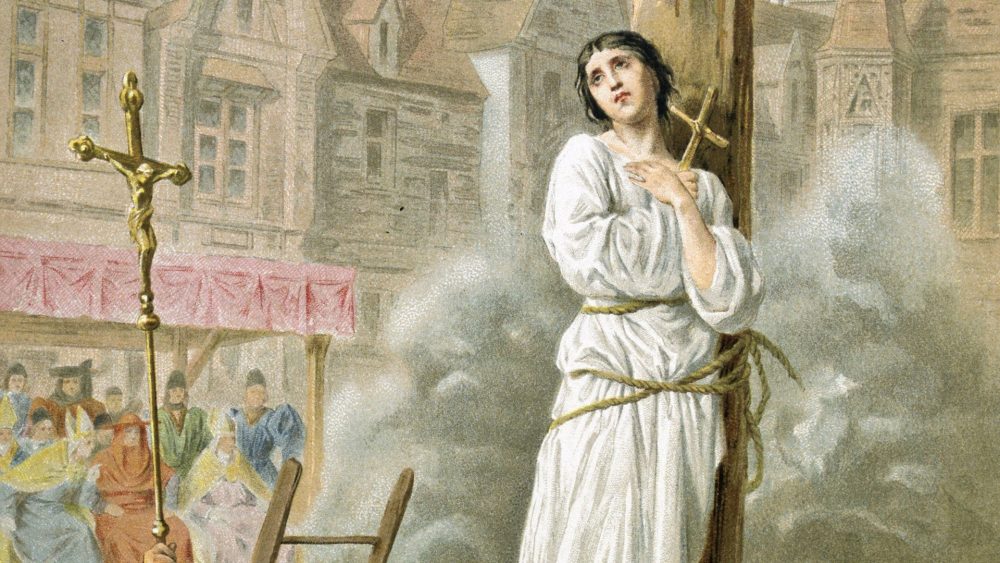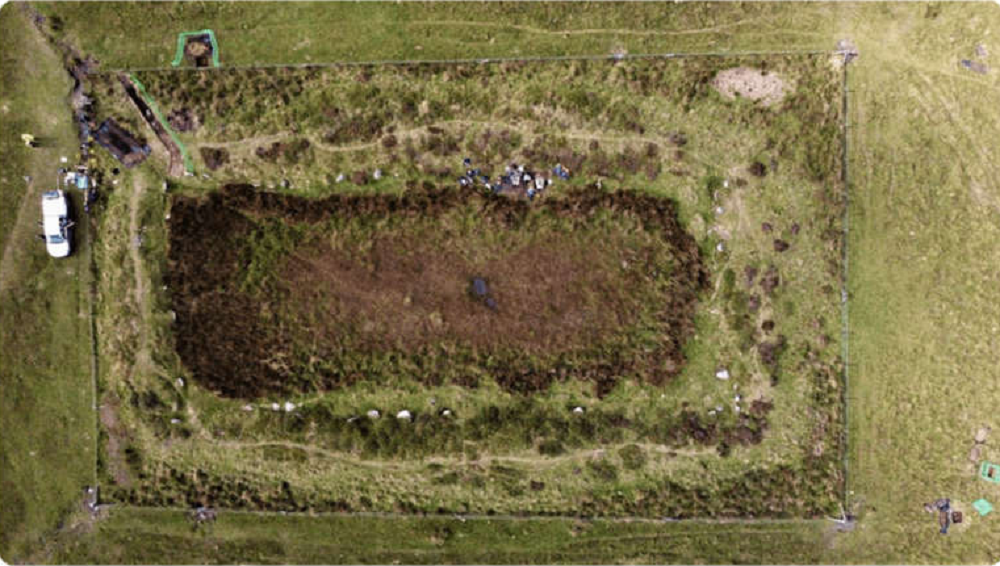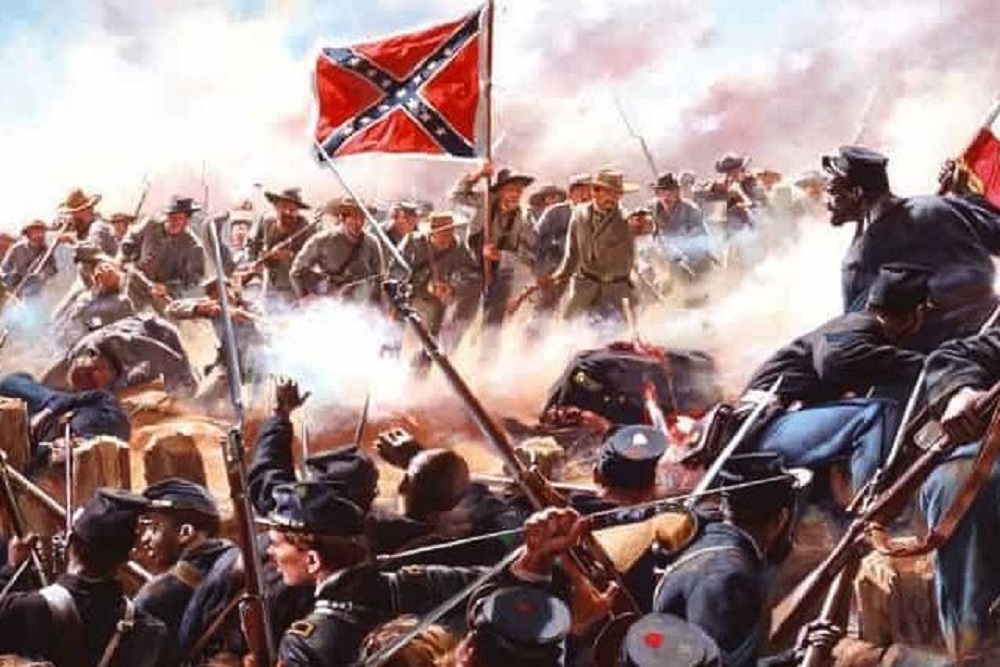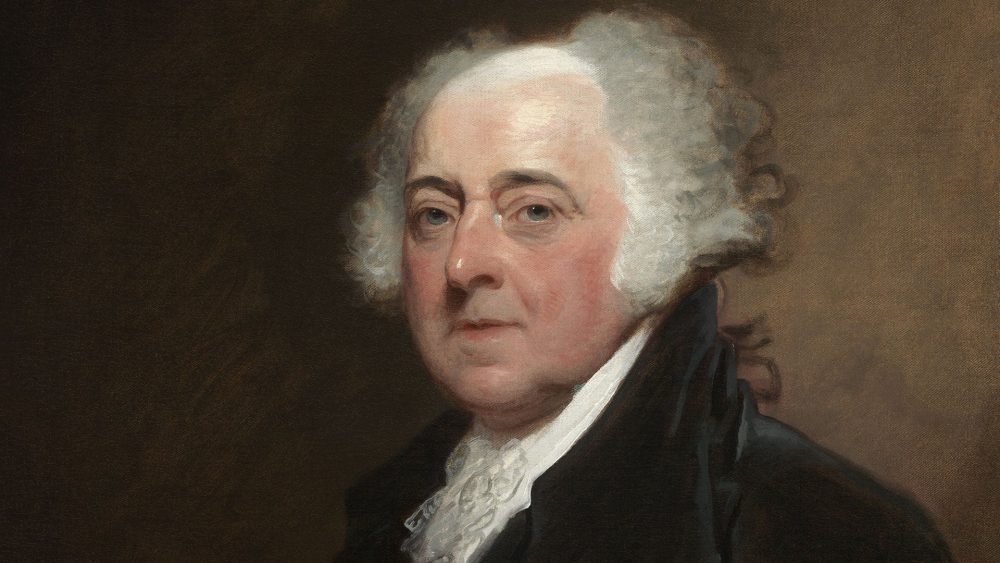They say that art is a way for artists to express that which they can’t put in words. The world has seen many extraordinary artists that have amazed us with their immense talent and the masterpieces that they have created. Sometimes, however, artists also create paintings that hold a deeper meaning, which leads to the birth of several conspiracy theories down the line.

Pexels | Art is not about what you see, but what you want others to see
However, it is important to note that these conspiracy theories are… well, conspiracy theories. And the world may never know the real meaning behind these paintings or whether the painters actually intended on conveying a secret message with their artwork.
If you are interested in knowing more, keep on reading because here are some of the most famous paintings and the conspiracy theories linked to them.
1. Mona Lisa
The portrait of the Mona Lisa is probably one of the most famous paintings of all time and with all that fame also come several far-fetched theories, including Mona Lisa’s ability to follow you with her eyes, regardless of your position in front of the painting. However, there is yet another, even spookier theory that stipulates that the portrait of the Mona Lisa was a self-portrait made by Da Vinci. Created during the Italian Renaissance, this painting is said to be Da Vinci painting himself as a woman. These theories stem from Da Vinci’s admiration towards divine feminine which is evident in The Last Supper painting as well.

Pexels | You are never going to look at Mona Lisa the same way
2. Adoration of the Magi
Taking a look at the Da Vinci painting and you automatically know that it is a representation of Christ as a newborn baby. Given the time period it was created in (the Italian Renaissance), the painting depicts the moment when Christ was given the gift of frankincense by the Second King. Some people suggest that the painting is about Christ accepting his fate but the theorists suggest otherwise.
Art detectives like Maurizio Seracini believe that Da Vinci’s unfinished painting was finished by someone else. They believe that the temple and the battle represent the reestablishment of Paganism but because of the Church’s dominance during that time, artists may have been hired to paint over the original piece, thus hiding its true meaning. There is reason to believe this theory because of the discrepancies found in the top and bottom layers of the painting.
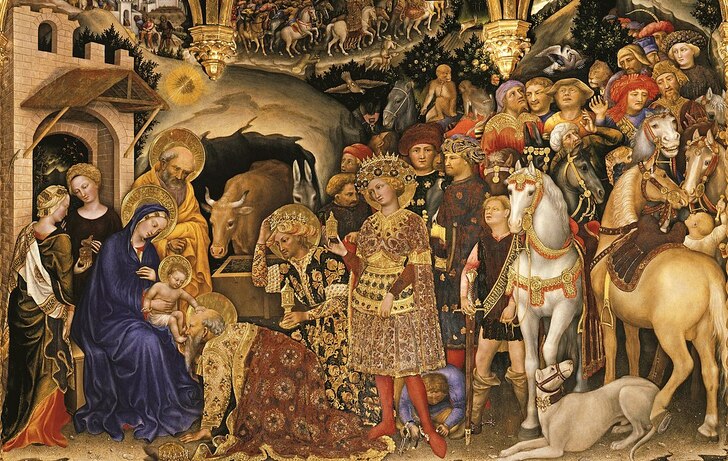
Gentile da Fabriano | These two paintings are often found hanging on walls but no one would’ve thought about the hidden meaning behind them
Do you think these theories have an element of truth to them? Or do they sound like handmaids’ stories spun on a particularly boring afternoon?
